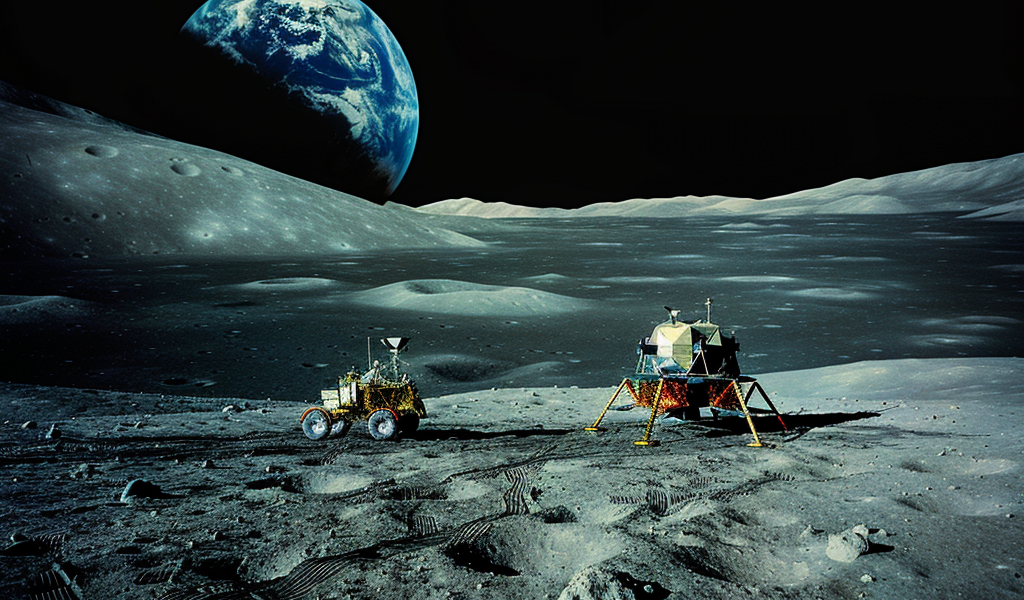China’s advancements in space exploration have been gaining significant momentum, raising questions about the nation’s potential preeminence on the moon and Mars. The United States, long considered a leader in space exploration, now faces a formidable challenger in China.
In recent years, China has made remarkable strides in space technology and exploration. The successful missions of the Long March 5B heavy-lift vehicle and the establishment of the Tiangong space station underscore China’s commitment to advancing its capabilities in both human and robotic space endeavors. Notably, China achieved a significant milestone by soft-landing the Chang’e 4 rover-lander duo on the far side of the moon in 2019, a feat unmatched by any other nation at the time. Building on this success, the Chang’e 5 mission executed a flawless sample-return mission from the moon a year later.
On March 20, 2024, China further solidified its position in space exploration by launching the Queqiao-2 relay satellite, paving the way for future operations on the moon’s far side. This achievement sets the stage for upcoming missions, including the Chang’e 6 lunar far side sample return mission scheduled for later this year. Subsequent missions, such as the Chang’e 7 lander and rover in 2026 and the Chang’e 8 mission in 2028, will focus on lunar In-Situ Resource Utilization (ISRU) demonstrations. Additionally, China has outlined plans for surface missions by Chinese taikonauts, potentially as early as 2030.
While China’s recent accomplishments in space exploration are impressive, they still fall short of the United States’ extensive history in the field. However, the rapid pace at which China is closing the gap is a cause for concern. A 2022 Pentagon report highlighted the significant progress made by China in space technology and exploration, indicating a potential shift in the global space exploration landscape.
As the United States and its international partners grapple with challenges in executing a Mars Sample Return mission, China has set its sights on achieving this milestone by 2030. This ambitious goal underscores China’s determination to establish itself as a major player in space exploration and technology.
The evolving dynamics in space exploration raise critical questions about the future of lunar and Martian missions. With China’s accelerating pace in space endeavors, the global space community must prepare for a potential shift in leadership and technological innovation in the final frontier.





